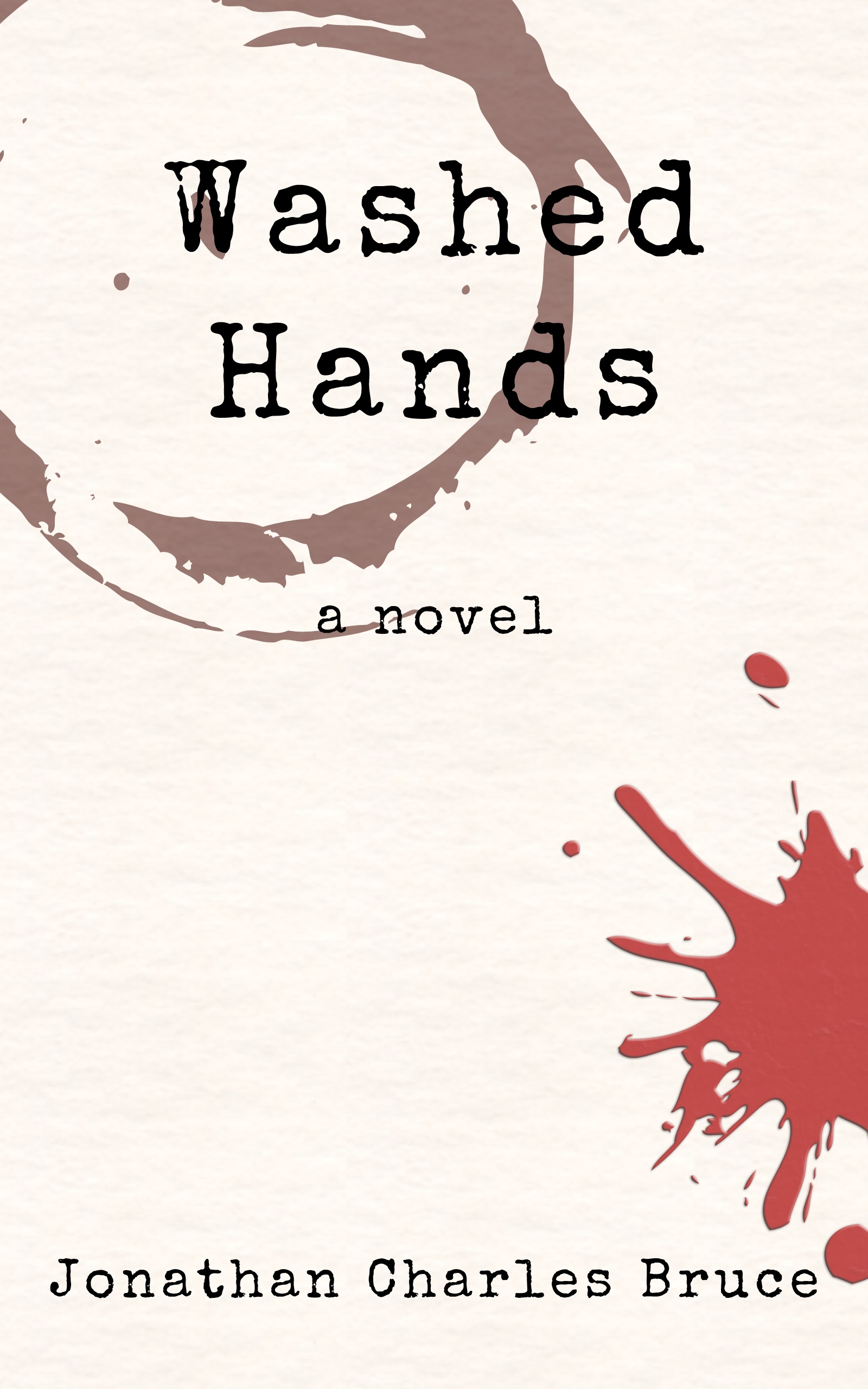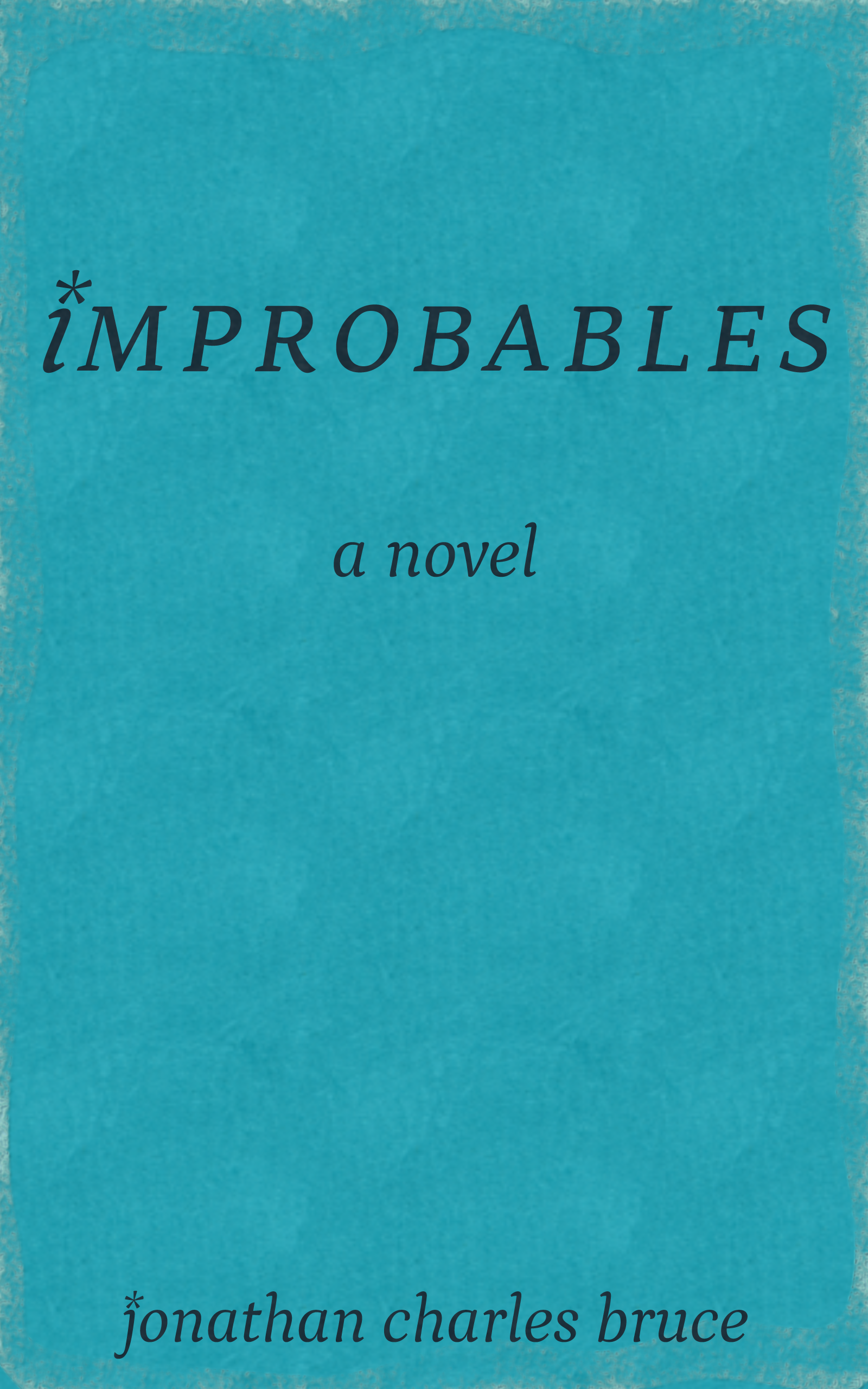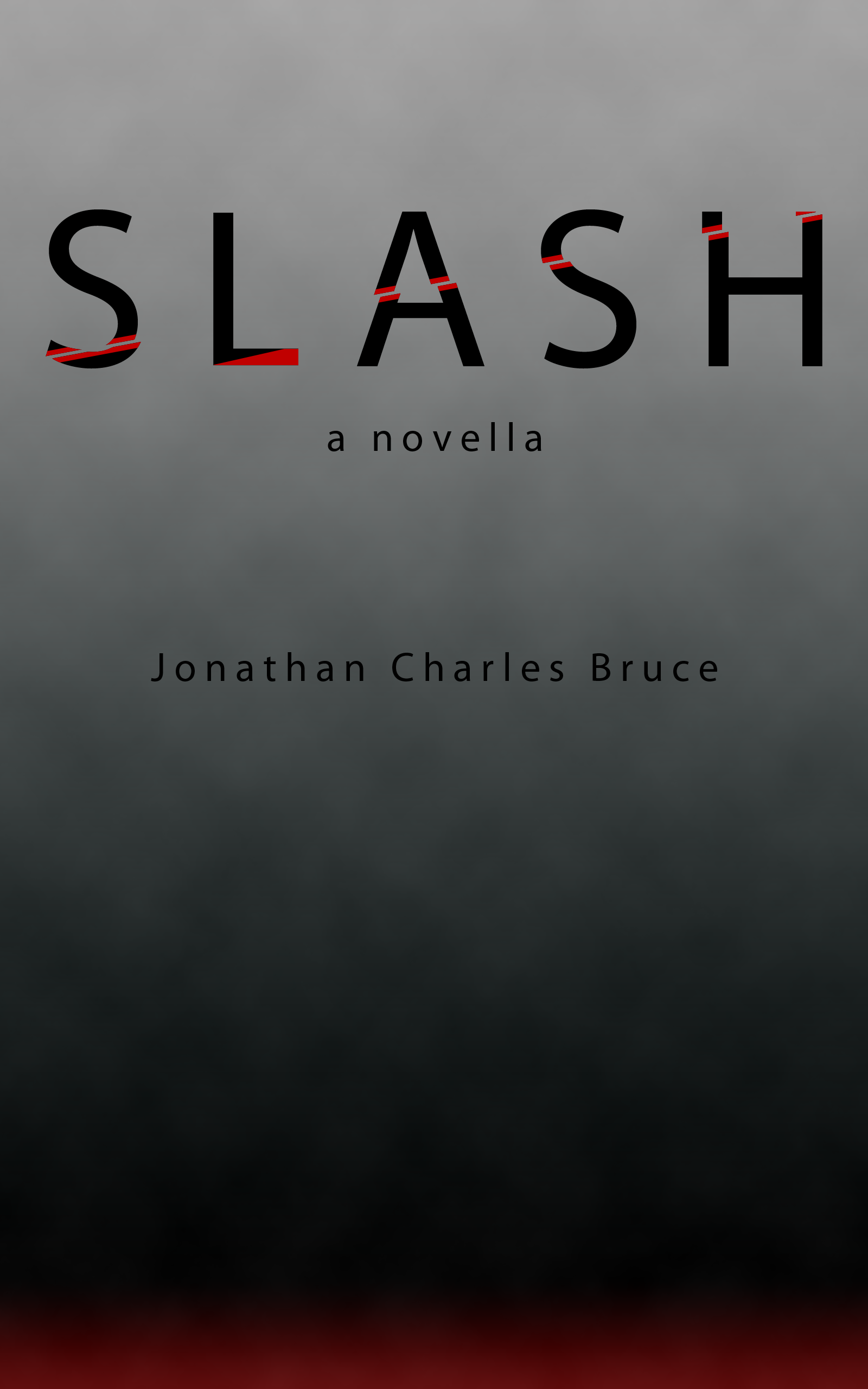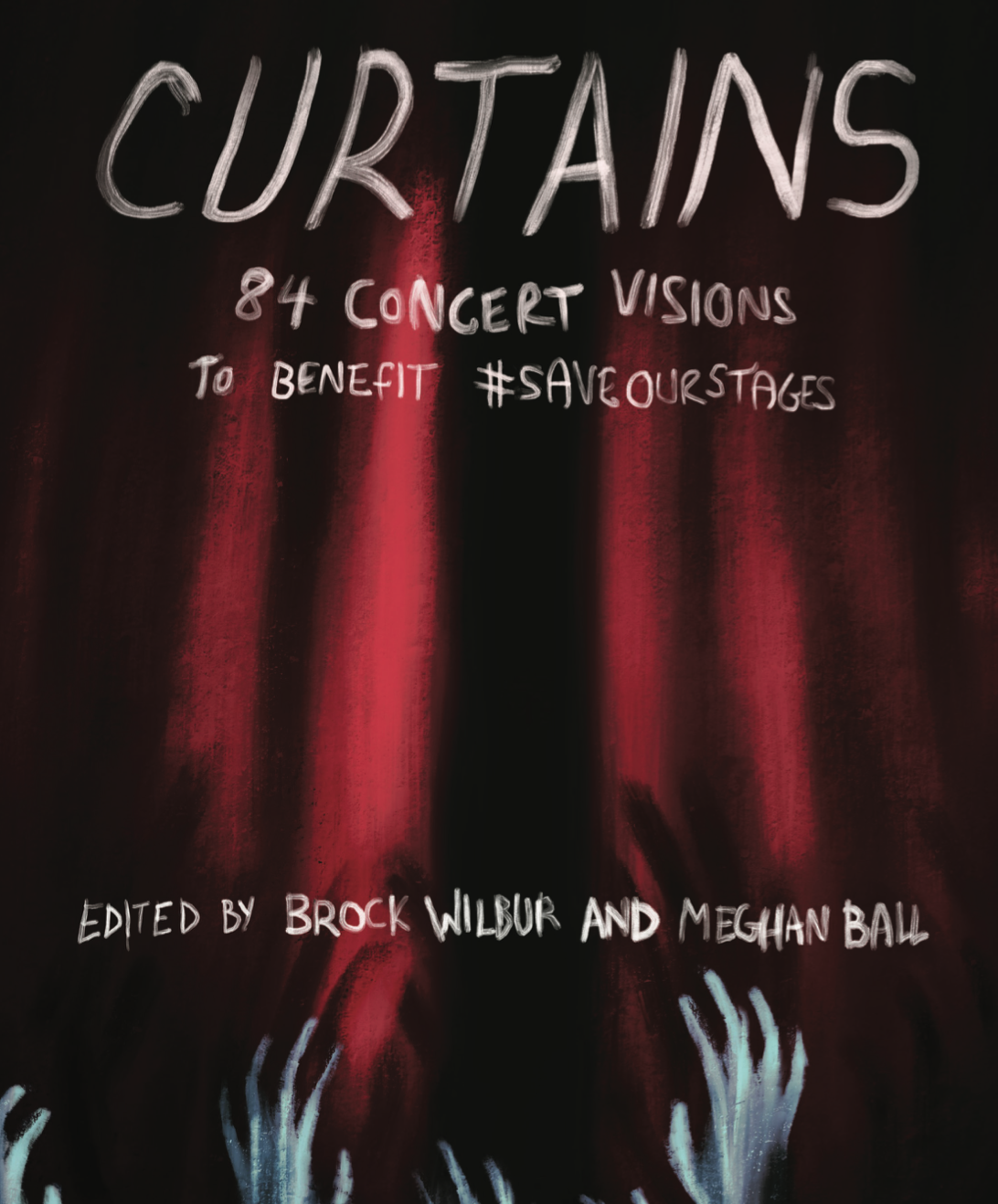Action-Packed
Judging by my reviews over at that venerable institution that is Amazon, apparently Project Northwoods has action and is also packed with it. As you can imagine, what with my chapters-long fight sequences, I was taken aback by this. After all, that’s at best 35% action—for someone like me, who surfs explosions to work every day, that’s a boring weekend at home.
Be that as it may, it occurs to me that I may actually be somewhat kind of okay at the whole writing action sequences thing. As such, I thought I would whip something up for aspiring writers on how to piece something together. You know, something a bit more descriptive than “Then she punched the guy in the dick and it was totally sweet.”
That line’s copyrighted, by the way, so don’t try stealing it.
We Need to Understand the Stakes
I like my action over-the-top, but also with a palpable weight. What do I mean by that? Well, it’s not enough to just have people getting into scraps with each other. If you’re going to write a fight scene, there should be a clear sense of what both sides are trying to accomplish. If your reader doesn’t really have a clue about why the characters involved in the sequence are trying to solve their problems by vigorously punching each other in the face, you will want to go back and make sure that you establish that earlier.
Having a basic understanding about what each character gets out of winning goes a long way in establishing who the audience will root for. It can also add a substantial level of investment for the reader. Switching to the visual arts for the moment, if we are to look at a recent episode of Game of Thrones, we can see a pretty good example of not providing context and the result being kind of “meh”.
I won’t go into the labyrinthine backstory for the show/books up to the point in question, but suffice it to say that there is a big wall of ice separating a shitty ice-wasteland to the north and the rape-tastic south. Along the wall are a bunch of celibate knights committed to keeping the northern riffraff out of the south because fantasy racism. If the northerners stay where they are and don’t flee south, they will die horribly because of angry undead whatsits. There is an entire episode dedicated to this big ol’ battle, and it was boring as hell.
Why? Well, at no point in the television show do they really tell us what’s at stake for the celibate knights. We are forced to assume that they are doing something for a just cause, but it’s never firmly established. Sure, when the northerners scale the wall and raid a couple of towns, they’re shown to be violent, and one tribe happens to love the taste of human flesh, but the people the knights are protecting are often just as terrible. Honestly, even with the cannibals, I don’t care at all about what happens to the knights—when the motivations boil down to “or else we’ll die” and “because they didn’t want to live under a king”, one’s sympathies seldom rest with the pro-monarchy dipshits.
The way the battle was shot, however, establishes that you’re supposed to side with the knights. Which is weird, considering that their motivation for defending the wall is sketchy at best and literally “because we said so” at worst. Even then, we’ve seen that the guys are made up of 60% thieves, 80% rapists, and less than 1% Jon Snow (math isn’t stressed in Game of Thrones). So why the fuck should I care what happens?
(Quick clarification: I’m not saying that both sides should be equally sympathetic. But I am suggesting that you take the time to tell the audience why this side cares enough to consider murdering the other in a way that the results of either side coming out on top matter for the narrative itself.)
Now, that isn’t to say that you can’t have a mysterious villain pop up out of nowhere, beat up the hero, and vanish into the night. If that’s a part of the overall mystery, then fine, roll with it. Your audience will survive it. But that’s because discovering the reason is central to the plot—if your fight is between two sides/characters we already know, you can’t rely on hoping that the rationale “just because” will save the day. And why is that, you may ask?
It’s Not Really About the Action
The “just because” rationale is something that is really dragged out a lot in comics, especially when you have two superheroes that are ostensibly on the same side decide (or rather, their writers decide) to say “fuck it” and try to murder each other. It’s always some misunderstanding or they have temporarily turned evil or they want to spar or whatever. It’s always something contrived, and it’s always dumb. Action for action’s sake is always a waste of time and effort.
A fight is not really about the blows being exchanged. Rather, it is about the relationship between the two characters. Essentially, one or both feel that the point of no return has been crossed and the only solution is to knock the taste out of the other’s mouth. As such, the fight’s rationale and development are inseparable elements. If you want to craft good action, you need to make sure the characters are being given attention.
Basically, if the action isn’t developing a character in some way, it’s probably not worth it.
There are several good examples of this is in The Princess Bride. In one scene, swordmaster Inigo Montoya spars with a mysterious masked man who turns out to be really good at sword fighting. Throughout the scene, they banter with each other about the different techniques they are using. The fight itself is actually a means to an end—developing both of the characters as affable masters of their craft. By the end of the fight, we don’t really want to see either of them lose.
Later in the book/film, Inigo confronts the man who killed his father, shouting “Hello! My name is Inigo Montoya, you killed my father, prepare to die!” while managing to make an astounding comeback from the brink of defeat. The choreography of this scene is actually pretty basic, and that’s because it’s far more important that Inigo overcomes his injuries and achieves his goal. The will to push himself just a little further is what needs to happen, not fancy footwork.
But, hey, there’s nothing wrong with that. And if you’re going to go that route…
It’s More Tactics than Strategy
Strategy is a large-scale approach to a large-scale situation. Tactics are what you think of when you’re being chased by an axe-wielding murderer the rough size and shape of grizzly. In most action sequences, the strategy is the same—to win. Tactics are where things are varied and far more interesting. Think of it like a game of chess: you can employ a variety of grand strategies to win, but the more interesting elements of the strategies are the tactics you are using to get it done.
When you’re writing an action sequence, no matter how descriptive you are being, you need to understand that every movement has consequences. Sometimes you have to lose a pawn if it means drawing out the opponent’s queen for capture. If characters are evenly matched, it’s important that mistakes are capitalized on, feints are punished, and the characters behave in a way that suits their particular style. In this case, both sides must make moment-to-moment decisions to whittle down their opponent, while at the same time being reduced in turn. Attrition, bloody attrition.
It’s just as important, if not more so, for unevenly matched characters to employ such moment-to-moment chicanery. We’ve all seen shows where a protagonist (for it is usually they) outwits a much larger opponent and wins. In this case, tactics become less blow-for-blow, like above, but trying to stay one step ahead of a murdermachine until they are vulnerable. In other cases, you could theoretically have your main character tank a shitload of abuse until a far more competent character rolls up and does the heavy lifting of icing the baddie. Either way, the moment-to-moment tactics of trying to stay alive long enough to win are the beats which make or break the sequence.
Even outside of a fight—say, an escape sequence—every wrong turn or blocked doorway represents lost time and an increased danger of not living to see the end of the chapter. It can be hard to write something like that, but remember that it’s about the character. They can panic, they can make mistakes, but they ultimately have to grow. Even if that growth is well, now I’m afraid of fire and spiders. At the very least, they need to learn from the experience.
And speaking of learning from experience, you have a paper due on this next Monday. Get crackin’.
< PREVIOUS ENTRY • NEXT ENTRY >
Advice • Fiction • Gaming • General Musings • Reviews





